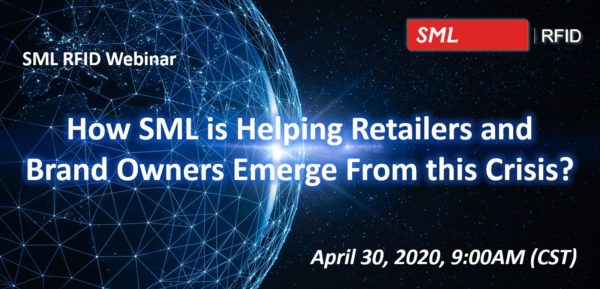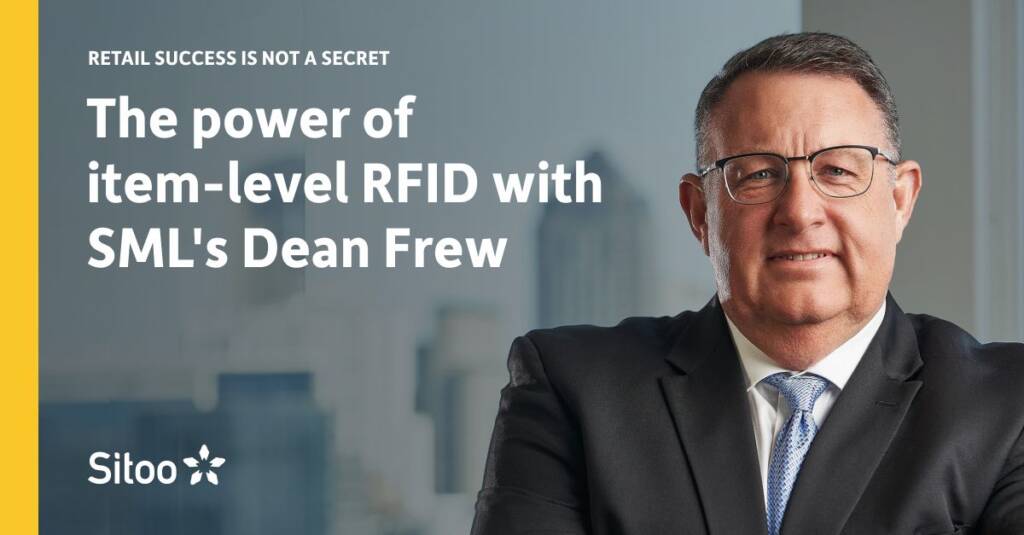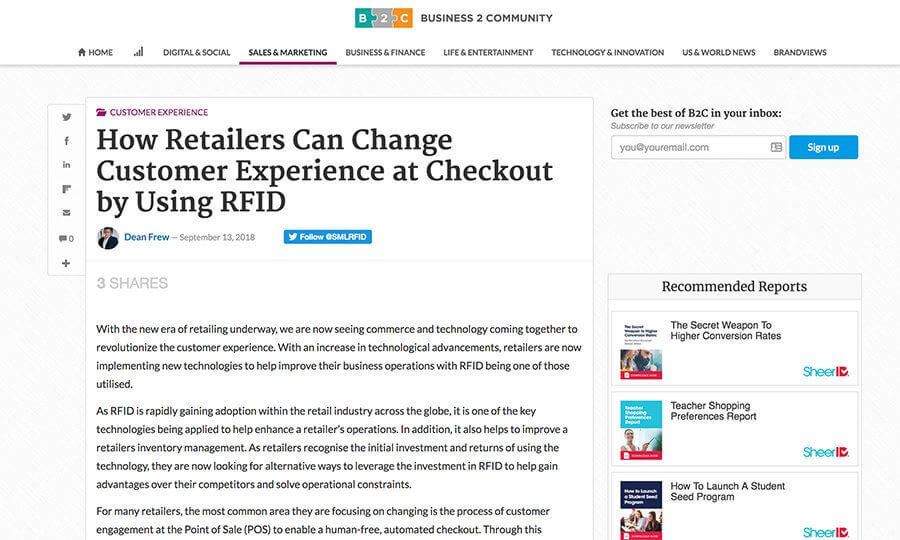Inventory Management Options To Help Retailers And Brand Owners Emerge From the Crisis
Retailers now face the task of marking down millions of items and moving entire missed seasons of units into storage. All of this must be done in order to make way for the new seasons of product within their stores and exposing it to their eCommerce channels.
SML RFID has surveyed a large number of apparel and footwear retailers throughout North American and Europe to find what problems are top of mind as they start looking at opening their doors again. We found that higher in importance than improving online order fulfillment and management of returns is the establishment of a clear baseline inventory position before they open the doors. We have created a number of affordable offerings to help retailers and brand owners work through the most difficult and unprecedented operational transition they will likely ever face.
One of the key considerations that retailers need to take into account during this time is the disruption and unpredictable waves of consumer demand that will occur not just over the next three months, but likely over the coming year. The current state of the economic climate and the cloud of uncertainty that many of us are under has also meant that customers have entirely put off making apparel and footwear purchases. This could mean another 1 billion items of excess, miss-planned inventory until consumer spending and purchasing behavior stabilizes.
Having a clear view of your inventory will matter
Our survey found there are three distinct groups of retailers and each group will have a different set of options to get this inventory baseline prior to stores opening.
The first group of retailers are those who were using Item-Level RFID solutions in their stores and maybe in the DCs before the crisis. These retailers have a relatively straightforward, business as usual (BAU) process to achieve this important inventory baseline. From this data starting point, they have the ERP integrations in place to then make better decisions on markdown, transfers, replenishment to stores, and inventory exposure strategies for eCommerce channels. They will also use the technology to keep up with the dynamic inventory environment that will exist for the next 12 months. These customers are retailers with 20 stores, or over 2,000 stores, all with an online presence as well. For SML RFID customers, (approaching 4,000 stores around the world using Clarity®), SML’s global RFID team will continue to provide the latest innovations within our Clarity® application framework and hands-on/agile support to assist our customers through these rough times. We also will bring all the tools and skills we have available to help provide a critical inventory picture across their entire global supply chain, if necessary, with our FactoryCare™ solution offering for factories around the globe.
The second group of retailers and brand owners are those that have put RFID tags on items and have these tagged products in both their wholesale (distribution centers) and retail (company stores) parts of their business but are not using RFID solutions to derive inventory management value. This second group of retailers can take an easy and affordable step of using a RFID handheld(s) loaded with our Clarity® application in their stores connected to our Clarity® cloud to perform a rapid stock count. In most cases, this count would take less than 1 hour with 2 handhelds and in some cases much less. This group of retailers and brand owners could rent the system or have SML perform the counts. After the counts are performed SML would provide the retailer or brand owner with a baseline file of SKU & quantity in each store. Retailers do not need to make any investment in the software or hardware and it becomes a transactional charge to get these retailers out of the “Don’t Know what they Don’t Know” quadrant and hopefully move on with making better decisions on their inventory strategy.
The final group of retailers and brand owners are those who have not yet rolled out any RFID tagged products and likewise are not using RFID solutions to create value at this time. For this category, the initial step to help minimize costs and improve inventory accuracy is to start the RFID source tagging process as soon as possible and then use FactoryCare™ to gain an accurate picture as to what is headed toward the stores. It will also allow them to have the option of adopting RFID solutions like Clarity® in their DCs and stores to further create value from the investment of putting RFID on items during the 12 months or so that it will take to have their inventory settle out.
Our “emerging out of the crisis” offering to help retailers and brand owners has three affordable engagement models to use our Clairty® application to do stock counts before you open your doors…
- Like our existing customers, you can buy the application and hardware solution,
- Rent the solution to do counts in your store or DCs (single use over a period of time) or
- Hire SML to do the counts in your stores or DCs (single or multiple times)
SML is collaborating with our cloud partner Microsoft and one of our leading RFID hardware partners Zebra to rapidly bring these offerings to the market.
On the 30th of April, SML RFID will be running a webinar to describe in detail our Solution-as-a-Service, RFID source tagging capability, and the subsequent set of RFID solutions for the second and third types of RFID customers.










